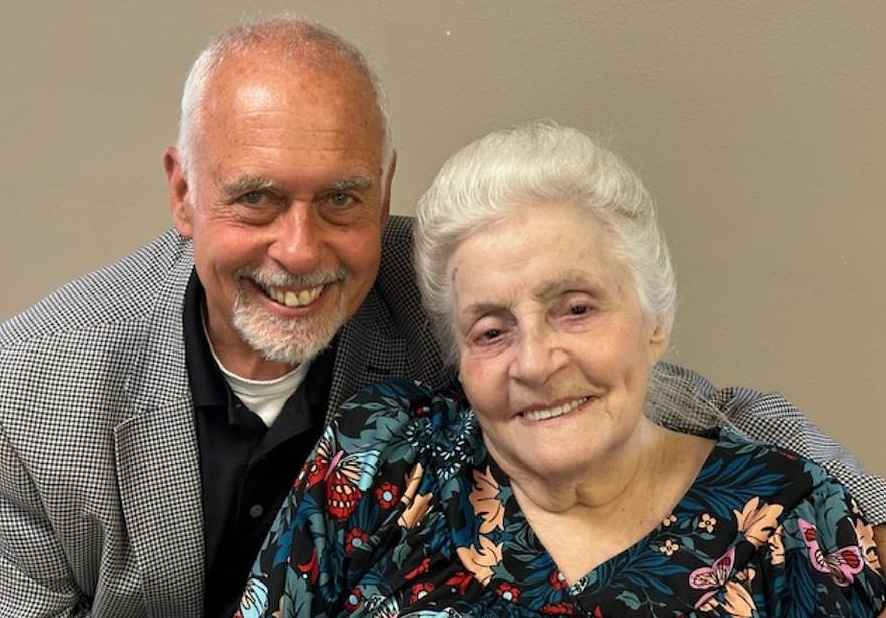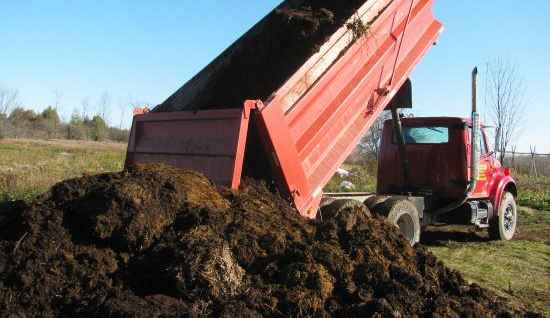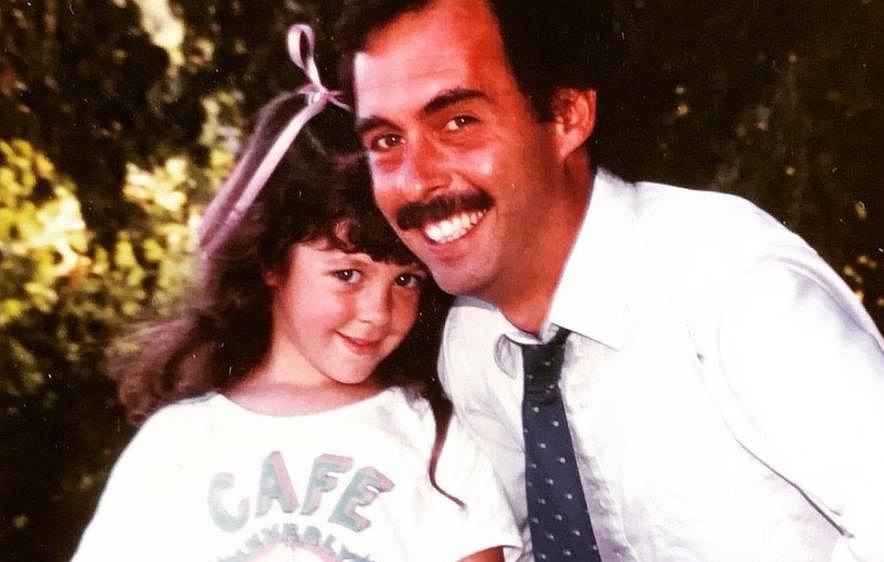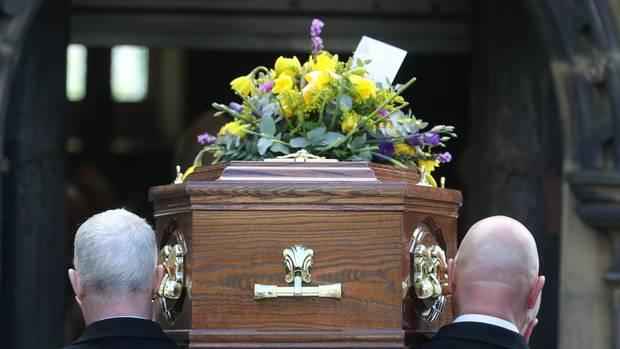






See listing of Recent and Most Popular articles on the Home Page
My World
Category: Life Events / Topics: Change • Choices and Decision Making • Dying and Death • Trends • Tribute, Testimony
Mortal Remains
by Thomas Lynch / submitted by Stu Johnson
Posted: September 29, 2019
The dead are no longer welcome at their own funerals…
Editor's note: I am aware that using an image of pallbearers carrying a casket may to some readers seem insensitive. Such has been our changing views of death. For most of my life, when someone died there was a time of visitation with the family followed by a funeral service—usually within days of the death. In recent years, we have found ourselves increasingly attending memorial services weeks or months after the person has died. A more recent spin on that is the "celebration of life" service. We attended one recently that was a very meaningful time of remembrance and sharing with family. Yet, that experience is a dramatic shift from tradition. The other day I spotted an article originally posted on Aeon by Thomas Lynch, "Mortal Remains," which addresses this change. Here is the opening section, with a link to read the full article.
The first week of April 2005 was dominated by images of Pope John Paul II’s dead body vested in red, mitred and laid out among his people with bells and books and candles, blessed with water and incense, borne from one station to the next in what began to take shape as a final journey. The front pages of the world’s daily papers were uniform in their iconography: a corpse clothed in sumptuous vestments from head to toe, still as stone and horizontal. Such images, flickering across their ubiquitous screens no doubt gave pause to many Americans, for whom the presence of the dead at their own funerals had gone, strangely out of style.
For many bereaved Americans, the funeral has become instead a ‘celebration of life’. It has a guest list open to everyone except the actual corpse, which is often dismissed, disappeared without rubric or witness, buried or burned, out of sight, out of mind, by paid functionaries such as me — the undertaker. So the visible presence of the Pope’s body at the his funeral struck many as an oddity, a quaint relic of old customs. How ‘Catholic’ some predictably said, or how ‘Italian’, or ‘Polish’, or ‘traditional’; how ‘lavish’, ‘expensive’, or ‘barbaric’.
Instead, what happened in Rome that week followed a pattern as old as the species. It was ‘human’, this immediate focus on the dead and this sense that the living must go the distance with them. Most of nature does not stop for death. But we do. Wherever our spirits go, or don’t, ours is a species that down the millennia has learned to process grief by processing the objects of our grief, the bodies of the dead, from one place to the next. Whatever afterlife there is or isn’t, human beings have marked their ceasing to be by going with their dead — to the tomb or the fire or the grave, the holy tree or deep sea, whatever sacred space of oblivion we consign them to.
The formula for human funerals was fairly simple for most of our history: by getting the dead where they needed to go, the living got where they needed to be. By acting out the necessary tasks to rid ourselves of dead human bodies, we came to understand the meaning of death. The disposition of the dead inured us to the benefit of the living and so, unlike other living breathing, eating, breeding things that died and were ignored by others of their kind — cocker spaniels and rock bass, warblers and wombats — our kind has always felt somehow duty-bound to do something with, or for, or to, or about it. Even when it is not one of our own — a family dog, or pet rabbit, for instance — we construct sweet obsequies to make sense of those things we find hardest to put into words.
Ours is the species bound to the dirt, fashioned from it according to the Book of Genesis. Thus human and humus occupy the same page of our dictionaries because we are beings ‘of the soil’, of the earth. The lexicon and language is full of such wisdoms. Thus, our ‘humic density’, as the Dante scholar Robert Pogue Harrison calls it: the notion that everything human — our architecture and history, our monuments and cities, are all rooted in and rising from the humus, the earth, the ground in which our dead are buried — is what eventually defines us.
Search all articles by Thomas Lynch
Posted: September 29, 2019 Accessed 414 times
![]() Go to the list of most recent My World Articles
Go to the list of most recent My World Articles
![]() Search My World (You can expand the search to the entire site)
Search My World (You can expand the search to the entire site)
![]() Go to the list of Most Recent and Most Popular Articles across the site (Home Page)
Go to the list of Most Recent and Most Popular Articles across the site (Home Page)
 Loading requested view...
Loading requested view...